Introduction to Booster Car Seats
Understanding the Purpose of Booster Seats
Booster car seats play a vital role in child safety during vehicle travel. These seats are designed for children who have outgrown their forward-facing car seats but are not yet large enough to use standard seat belts safely. The primary purpose of booster seats is to elevate a child so that the vehicle’s seat belt fits them properly. This proper positioning helps protect children from injury in the event of a car crash.
The Importance of Vehicle Safety
Vehicle safety is a top concern for parents. Statistics show that car accidents are a leading cause of injury among children. Using appropriate car seats significantly reduces the risk of fatalities and serious injuries in the event of an accident. Understanding how to choose and use a booster car seat correctly is paramount for ensuring the safety of your child when traveling by car. Parents must be well-informed to make the best choices for their family’s safety.
The Different Types of Booster Seats
There are two main types of booster seats: high-back and backless. High-back boosters offer head and neck support, while backless boosters provide an elevated seat with no backrest. Choosing the right type may depend on several factors, such as your child’s size, the vehicle you own, and personal preference. It is essential to understand these differences for selecting an appropriate booster car seat for your child’s specific needs.
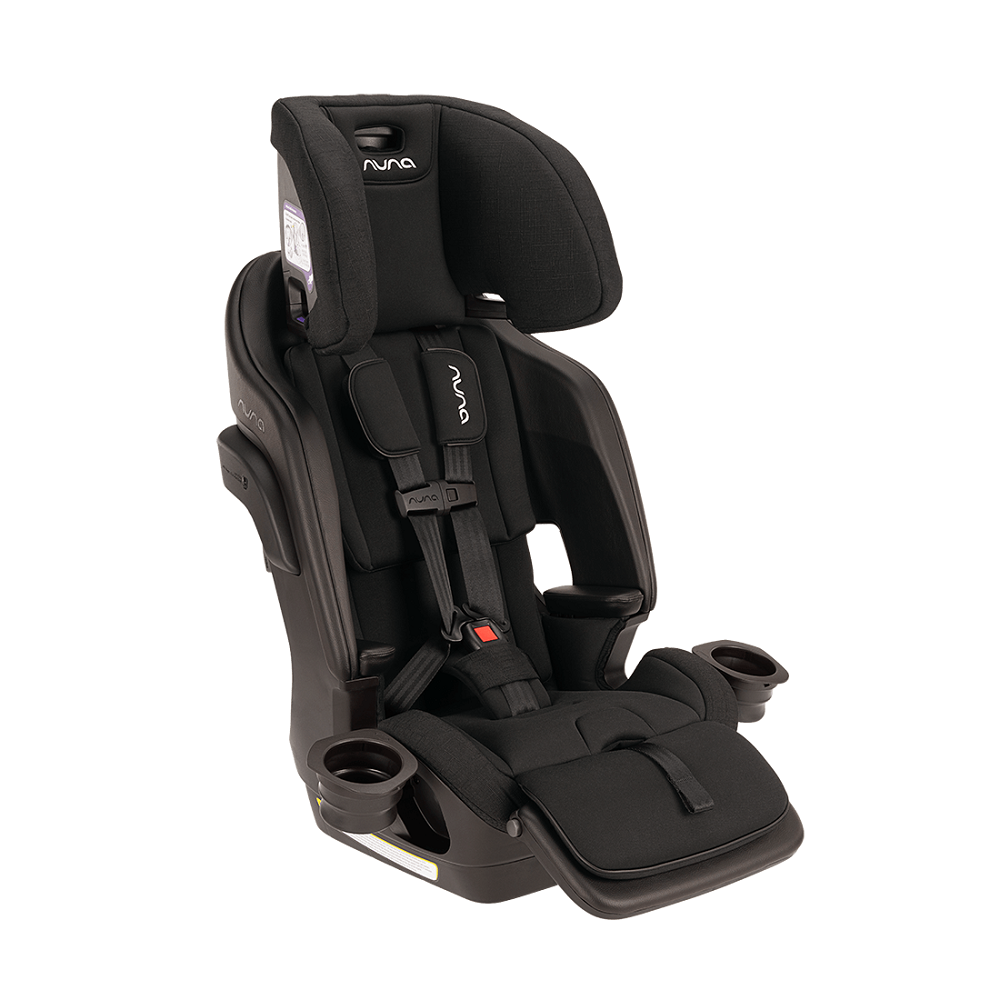
Choosing the Right Booster Seat
Evaluating Your Child’s Size and Age
Before purchasing a booster seat, it is important to evaluate your child’s height, weight, and age. Most booster seats are recommended for children between the ages of 4 and 12, weighing between 40 and 120 pounds. However, these criteria can vary by brand, so always check the manufacturer’s guidelines. Understanding these specifications will help ensure that your child is using a booster seat that matches their size and provides optimal safety.
Evaluating Vehicle Compatibility
Not all booster seats fit every vehicle equally. Investigate how a booster seat will fit in your car before making a purchase. Factors to consider include the type of seat available in your vehicle and the amount of space in the back seat. Some booster seats may take up more space than others, which can greatly impact the decision. Always test the seat in your car to ensure it is compatible.
Familiarizing Yourself with Regulations
Each state has specific laws and guidelines regarding child passenger safety. Familiarize yourself with local regulations about booster seat usage. Many states require children to use booster seats until they reach a certain age or size. Staying informed about these regulations ensures that you are compliant and that your child is safe while traveling.
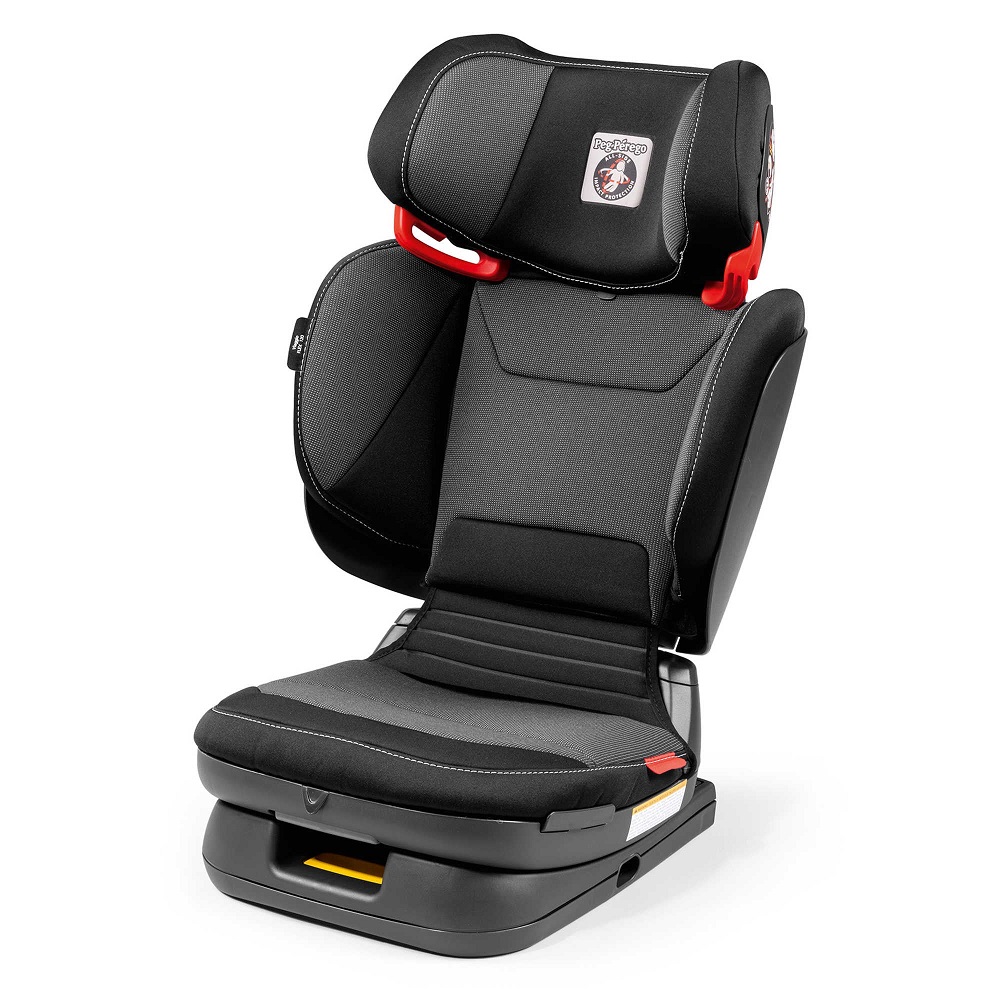
Tips for Proper Installation
Follow the Manufacturer’s Instructions
The most important step in installing a booster seat correctly is to follow the manufacturer’s instructions. Each booster seat may have different installation methods based on its design. Whether using the vehicle’s seat belt or LATCH system, carefully reading the installation guide ensures you take the necessary steps to secure the seat properly. Ignoring these instructions can compromise safety, so it’s crucial to pay attention to the details.
Using the Vehicle’s Seat Belt
When securing a booster seat using the vehicle’s seat belt, make sure that the lap belt lies across your child’s upper thighs and the shoulder belt crosses their chest. The seatbelt should never be placed across the child’s neck or face. Proper positioning is essential for protecting your child during an accident. Double-check the fit of the seatbelt after securing the booster to make sure it is snug and correctly positioned.
Checking for Secure Installation
Once you have installed the booster seat, it’s essential to check that it is secure. The seat should not move more than one inch side-to-side at the base. Check both the booster seat and vehicle seat belt for any loose parts. A correctly installed booster seat will remain stable and provide maximum protection for your child. If you are unsure about the installation, consider visiting a certified child passenger safety technician for help.
Ensuring Proper Use
Educating Your Child about Seat Safety
Once the booster seat is installed, educating your child about seat safety is important. Teach them the correct way to buckle up and explain the importance of using the booster seat properly. Helping children understand the reasons for using booster seats fosters better safety habits. Discussions about safe behavior in the car establish a sense of responsibility, creating a safer environment for everyone.
Reinforcing the Use of Seat Belts
Encourage your child to always wear the vehicle’s seat belt when using the booster seat. Seat belts are designed to keep them safe during unexpected stops or collisions. Make it a rule that everyone in the car, including adults, must wear their seat belts. Setting a positive example and creating an expectation for safety reinforces good habits and encourages children to prioritize their well-being.
Regularly Reviewing Growth and Fit
Regularly check to ensure that your child still fits the booster seat correctly. As they grow, their height and weight may eventually mean they no longer require a booster seat. It’s crucial to watch for signs that it’s time to transition to a regular seat belt without a booster. Most children will be ready to move on when they reach a height of approximately 4 feet 9 inches and are between 8 and 12 years old.
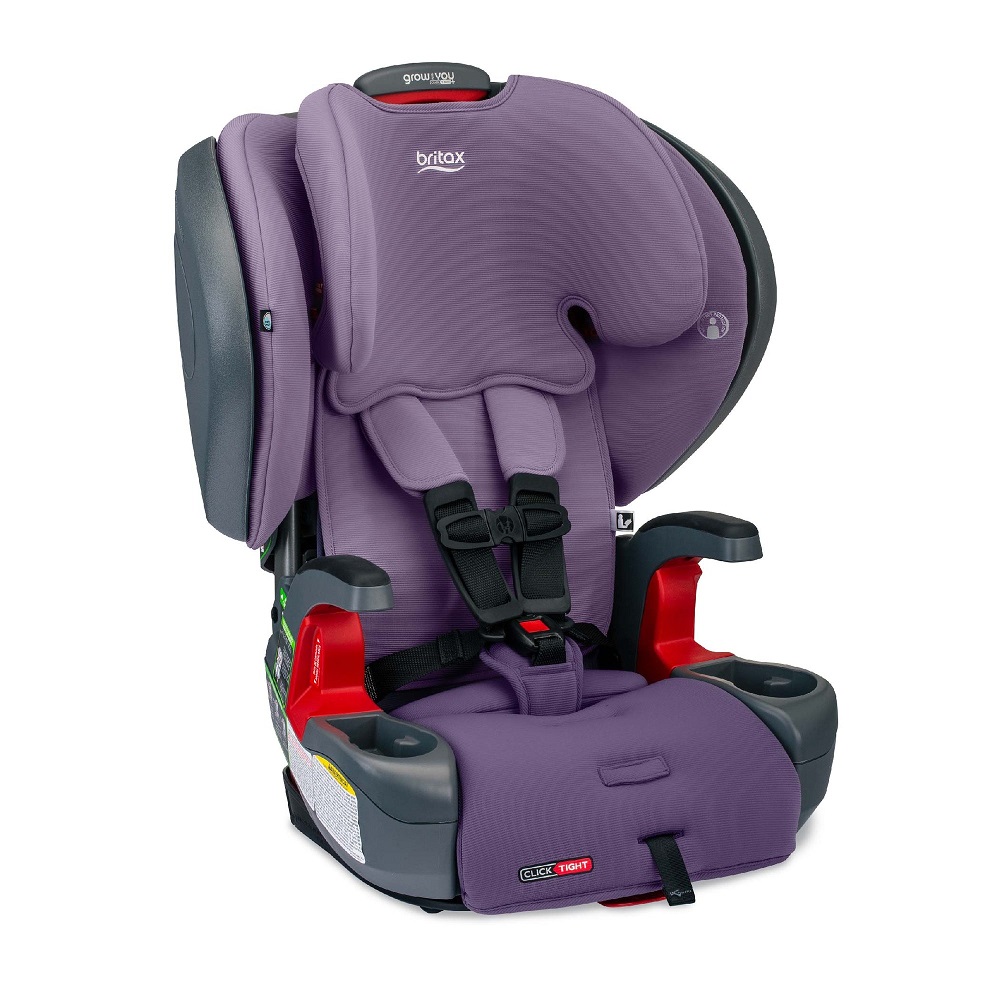
Understanding the Transition Period
Transitioning from Booster Seat to Seat Belt
Transitioning from a booster seat to a regular seat belt is a significant milestone. Make sure the seat belt fits your child correctly without the booster. The lap belt should lie flat across their upper thighs, while the shoulder belt should cross their chest and shoulder without cutting into their neck. Ensuring the seat belt is properly fitted can significantly reduce the risk of injury for your child.
Recognizing Readiness Signs
Recognizing signs that your child is ready to transition can help ensure their safety. Consider their height, maturity level, and ability to sit still during car rides. If they can properly wear a seat belt without fidgeting or adjusting it, they may be ready to transition. Some parents opt to use a booster seat until their child is tall enough for the seat belt to fit correctly, which can often take several years.
Gradual Transition Approach
A gradual approach to transitioning from a booster seat to just using a seat belt may often work best. For example, try using the vehicle’s seat belt in familiar, safe environments, such as short trips. This can help the child adjust to the new arrangement. Gradually increasing the duration and distance of trips can help build their comfort level and confidence in using just the seat belt.
Common Mistakes to Avoid
Ignoring the Manufacturer’s Guidelines
One of the most common mistakes parents make is overlooking the manufacturer’s guidelines. Every booster seat has specific height and weight limits, and ignoring these can put your child at risk. Verify that your child fits the booster seat properly before every trip. Failing to follow these guidelines compromises your child’s safety.
Misunderstanding the Role of Seat Belts
Another mistake is misunderstanding the function of the booster seat in relation to seat belts. A booster seat does not replace a seat belt; it positions a child so that the seat belt fits them correctly. Always buckle your child in with the vehicle’s seatbelt once they are in the booster seat. Any lapse in seat belt use can lead to serious consequences in the event of a collision.
Neglecting Vehicle Compatibility
Parents sometimes neglect to consider how booster seats fit in their specific vehicles. What may work in one car may not fit properly in another due to differences in seat design. Before purchasing a booster seat, consider compatibility with your vehicle. Testing the seat for secure installation can provide peace of mind and improve safety.

Resources for Parents
Consulting the NHTSA
The National Highway Traffic Safety Administration (NHTSA) provides valuable resources for parents regarding child passenger safety. Their website offers comprehensive guidelines on booster seat selection and installation. They also provide information on the latest car seat regulations, ensuring parents stay up to date with safety standards. Utilizing resources from reputable organizations helps parents make informed decisions for their children.
Local Safety Inspections
Many local organizations and agencies provide child safety seat inspections. These inspections offer parents an opportunity to have their booster seats checked by certified professionals. Finding a certified child passenger safety technician in your area can help ensure that your booster seats are installed and used properly. These experts can answer any questions and offer personalized advice.
Educational Programs
Numerous educational programs focus on child safety and the proper use of booster seats. These programs may be offered through local hospitals, community centers, or non-profit organizations. Participating in these educational initiatives helps parents stay informed and empowered, making better decisions regarding their children’s safety.
FAQ:
1. What is a booster car seat and when should I use it?
Answer: A booster car seat is designed for older children who have outgrown their forward-facing car seats but are not yet tall enough to use a standard seat belt safely. Generally, children should use a booster seat until they are about 4 feet 9 inches tall, typically between ages 8 and 12, depending on their size.
2. How do I properly install a booster seat?
Answer: To install a booster seat, place it on the back seat of your vehicle and ensure it is flat against the seat without any gaps. Position the car’s seat belt across your child’s lap and shoulder, making sure the lap belt sits low on the hips and the shoulder belt crosses over the middle of the chest. Always refer to the booster seat’s manual for specific installation instructions and safety guidelines.
3. Can I use a booster seat in the front seat?
Answer: It is generally recommended for children to sit in the back seat until they are at least 13 years old for safety reasons. If a booster seat must be used in the front seat, ensure that the airbag is turned off, as airbags can be dangerous for young children in the event of a crash.
4. What are the safety features to look for in a booster seat?
Answer: When choosing a booster seat, look for features such as a high-back for added support, side-impact protection, a secure latch system, easy-to-use seat belt guides, and a wider base for stability. Additionally, check for certification from safety organizations, such as the American Society for Testing and Materials (ASTM) or the National Highway Traffic Safety Administration (NHTSA).
5. How do I know when my child is ready to transition from a booster seat to a regular seat belt?
Answer: A child is ready to transition from a booster seat to a regular seat belt when they can sit all the way back in the vehicle’s seat with their knees bent over the edge and their feet flat on the floor. The seat belt should fit properly: the lap belt should lie low across the hips, and the shoulder belt should cross the center of the chest and shoulder. This usually occurs when the child reaches about 4 feet 9 inches in height.
Conclusion: Prioritizing Safety with Booster Seats
The Importance of Awareness
In conclusion, using a booster car seat is a critical step in ensuring your child’s safety while traveling. Awareness of proper installation, usage, and guidelines greatly impacts the effectiveness of the booster seat. Understanding the appropriate age and size for transitioning out of a booster seat is equally important. Parents play a significant role in maintaining their children’s safety during every car ride.
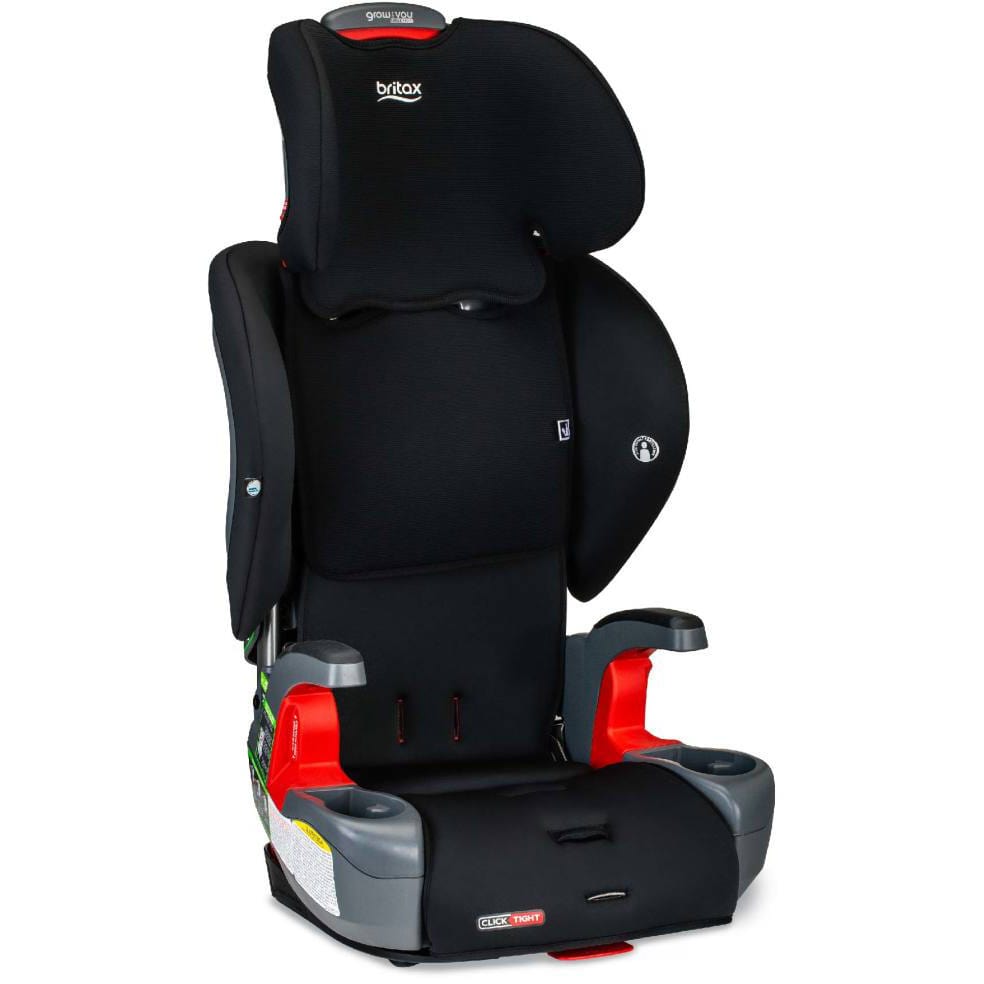
Taking Action for Better Safety
By prioritizing their child’s safety and staying informed, parents can reduce the risk of injury during car travels. This can be achieved by following best practices for booster car seat use and considering the transition to regular seat belts carefully. Taking precautions and understanding specific safety measures ensures that children remain protected on the road.
Encouraging Safe Travel Habits
Promoting safe travel habits within families creates a culture of safety for children. By modeling good behavior, educating children on the importance of safety, and staying informed, parents can make a significant impact. Utilizing booster car seat installation tips for parents ensures proper setup, reducing the risk of injury during travel. Consistently upholding safety practices and encouraging responsible behavior in vehicles are essential. Remember, every trip can be safe when you prioritize safety with the right booster seat choices and proper installation techniques.
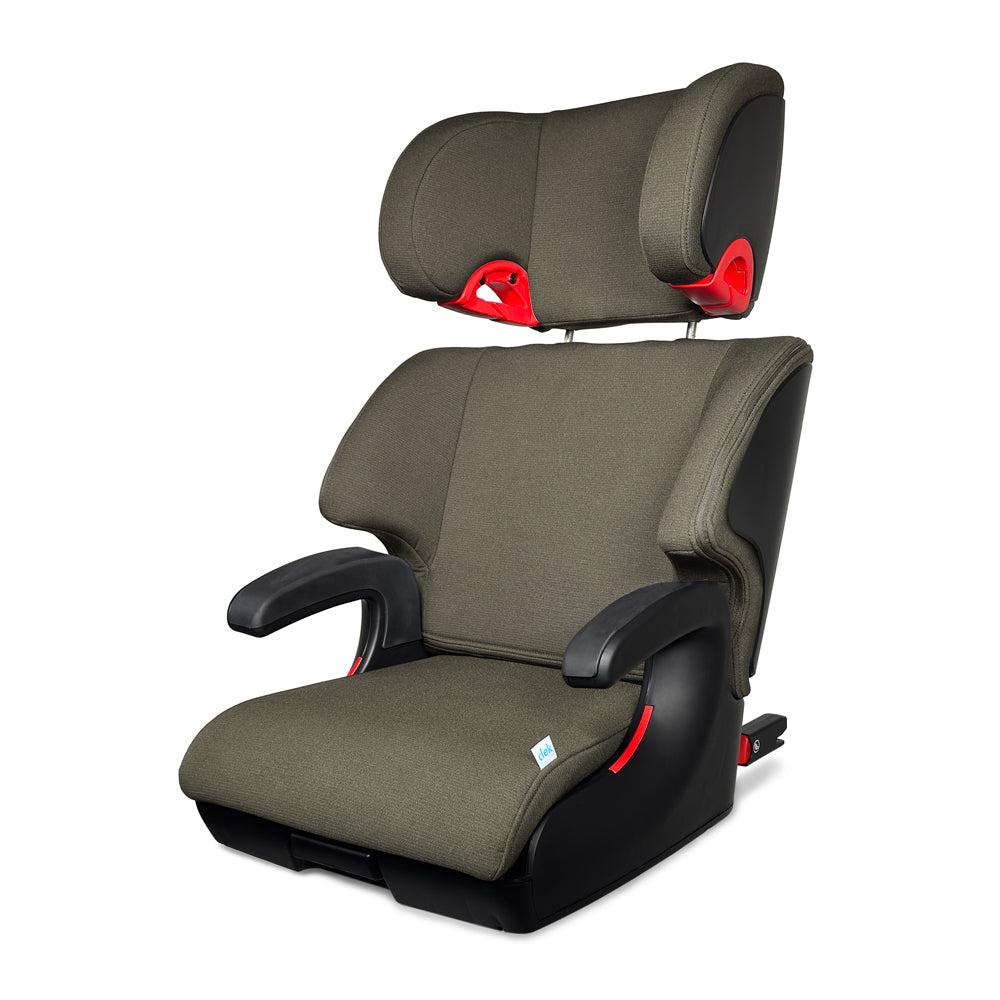
Leave a Reply